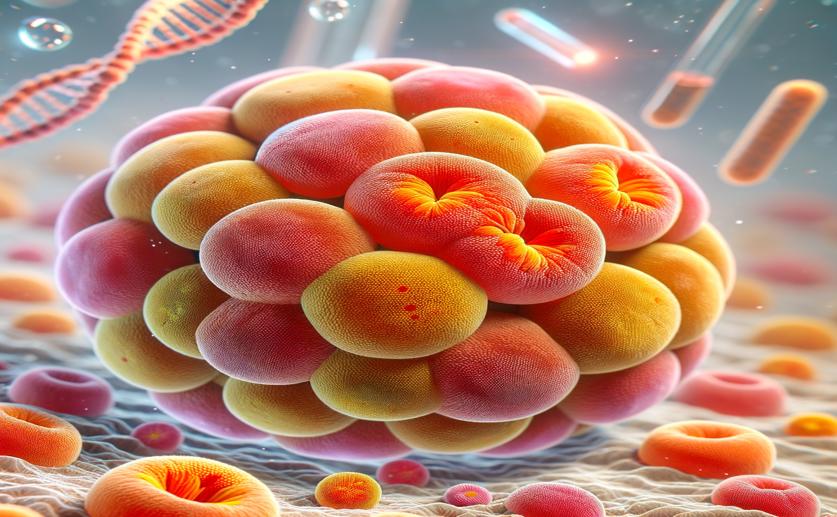
Enhancing Yeast Mutations to Boost Carotenoid Production
Jim Crocker
3rd June, 2024

Image Source: Natural Science News, 2024
Key Findings
- Researchers at Osaka Metropolitan University enhanced β-carotene production in yeast using a novel mutagenesis technique
- The top mutant strain, HP100_74, produced 37.6 mg/L of β-carotene, nearly double the parental strain's 20.1 mg/L
- Increased expression of genes in glycolysis, the mevalonate pathway, and β-carotene synthesis pathways boosted production, while downregulation of the ERG9 gene reduced competition for resources
References
Main Study
1) Induction of point and structural mutations in engineered yeast Saccharomyces cerevisiae improve carotenoid production.
Published 3rd June, 2024
Journal: World journal of microbiology & biotechnology
Issue: Vol 40, Issue 7, Jun 2024
Related Studies
2) Ethanol-tolerant Saccharomyces cerevisiae strains isolated under selective conditions by over-expression of a proofreading-deficient DNA polymerase delta.
3) Metabolic engineering of Saccharomyces cerevisiae for the production of top value chemicals from biorefinery carbohydrates.
4) Dual regulation of lipid droplet-triacylglycerol metabolism and ERG9 expression for improved β-carotene production in Saccharomyces cerevisiae.



 25th May, 2024 | Jenn Hoskins
25th May, 2024 | Jenn Hoskins